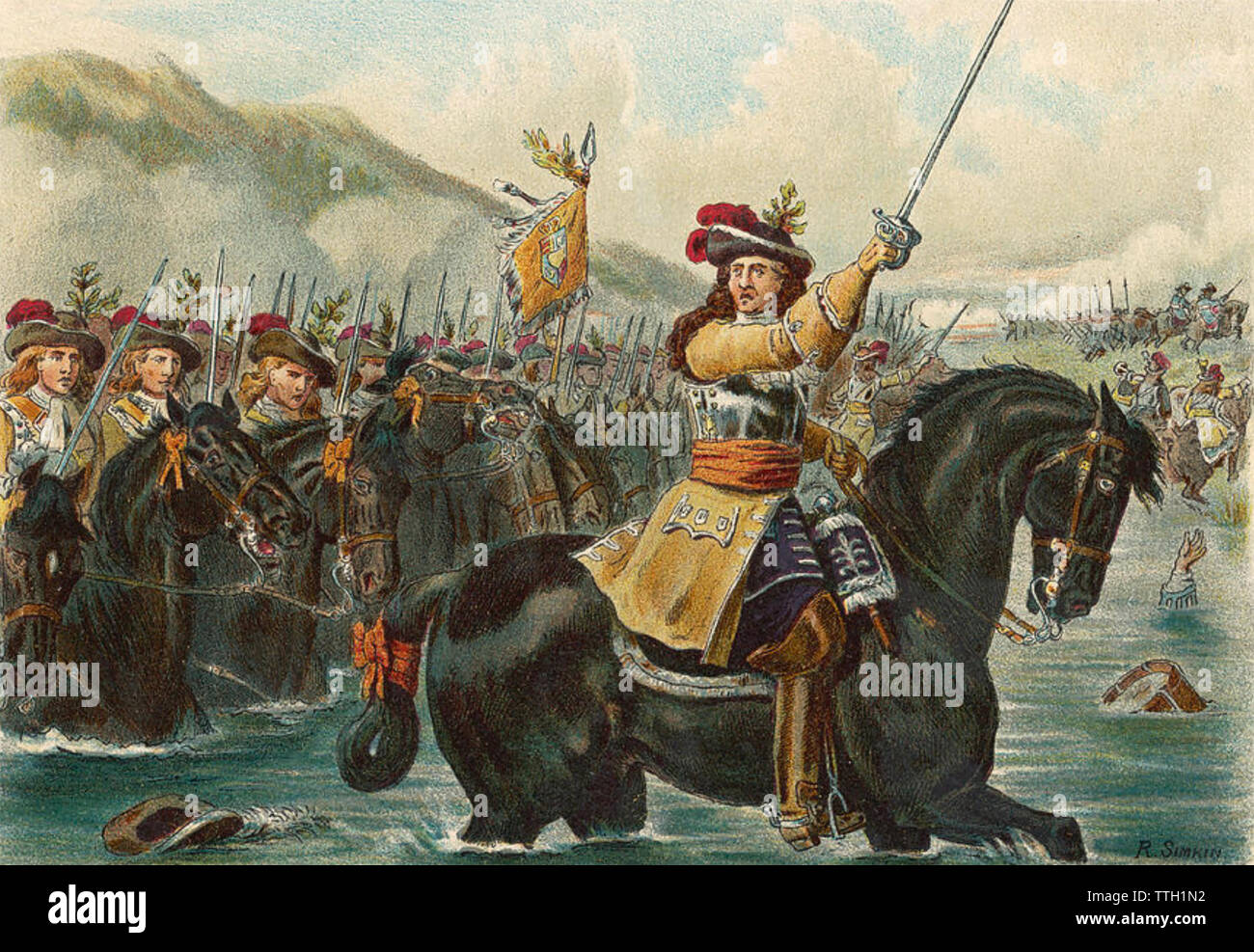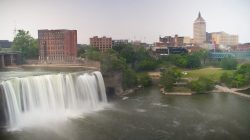The OPW’s Dress Code Controversy at the Battle of the Boyne
The Office of Public Works (OPW) has implemented a controversial dress code policy for tour guides at the Battle of the Boyne visitor centre in Meath. This rule prohibits guides from wearing green or orange clothing, which are symbols closely associated with Unionist and Nationalist communities respectively. The directive is not outlined in the official OPW Guide Handbook, raising questions about its implementation and purpose.
Historical Significance of the Site
The Battle of the Boyne, fought in 1690, marks a pivotal moment in Irish history. It was here that Protestant King William III defeated Catholic King James II, leading to the establishment of Protestant dominance in Ireland. For Unionists, this event is a cornerstone of their identity and is commemorated annually by the Orange Order through marches on July 12. The site remains a sensitive location, often drawing strong emotional responses from visitors due to its historical and political implications.
Unusual Dress Code Rules
The ban on green and orange clothing is just one of several unusual dress code directives issued by the OPW. A section of the handbook explicitly states that “nudity is prohibited at all sites.” When questioned about the necessity of this rule, the OPW has remained silent, offering no explanation for its inclusion.
The dress code also extends to other items such as army jackets and clothing bearing slogans, badges, or emblems. These restrictions are communicated directly to new guides by supervisors, rather than being included in the official guidebook. This method of communication has sparked concerns about transparency and consistency in the enforcement of these rules.
Financial Implications
Despite the strict dress code, the OPW provides an annual allowance for guides when color-coded clothing is required by local management. Permanent guides receive €210, while seasonal workers are given €100. This financial support aims to offset any potential costs associated with adhering to the dress code requirements.
Government Investment and Historical Context
The Battle of the Boyne visitor centre was developed with significant government funding. In 2005, €15 million was allocated for its creation, and an additional €10 million was provided last year under the Shared Island initiative. The site has also played a role in key political moments, including Ian Paisley’s first meeting as Stormont First Minister with Bertie Ahern in 2007. During this meeting, Ahern presented Paisley with a musket used in the Battle of the Boyne, highlighting the site’s enduring significance.
Communication and Compliance
Newly hired guides receive detailed instructions regarding the dress code through internal communications. An email titled “Welcome aboard” sent to a seasonal guide last year outlined the restrictions, including the prohibition of green and orange clothing. This approach to communication suggests a focus on immediate compliance rather than long-term guidance.
Ongoing Questions
Despite the clear guidelines, the OPW has not commented on the specific reasons behind the prohibition of green and orange clothing at the site. This lack of transparency has led to speculation about the intent behind the policy and its impact on both guides and visitors.
The situation at the Battle of the Boyne visitor centre underscores the challenges of managing sensitive historical sites in a divided society. While the goal of fostering respect and inclusivity is commendable, the methods used to achieve this remain under scrutiny. As the debate continues, the balance between cultural sensitivity and practicality remains a key concern for all stakeholders involved.







